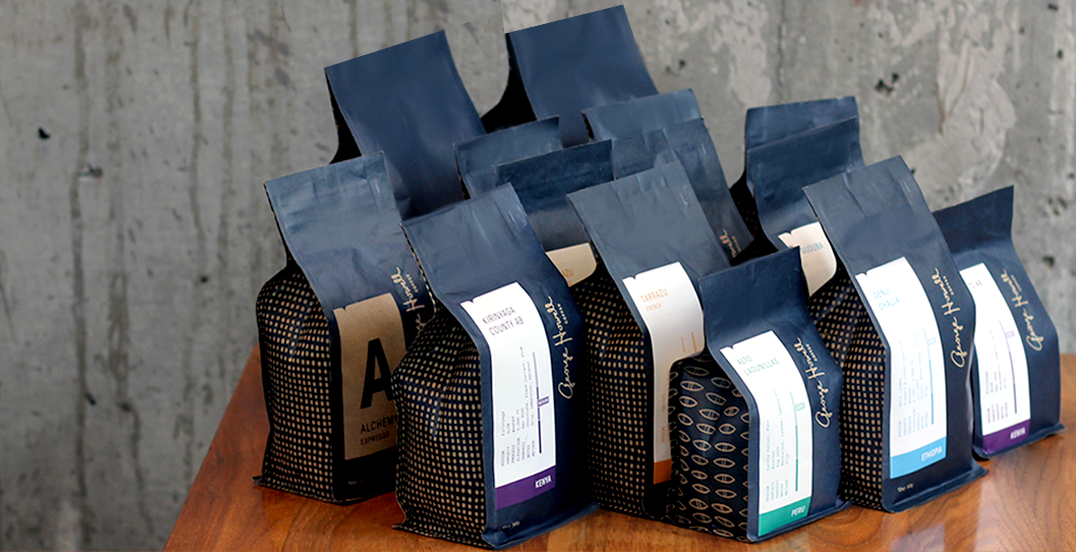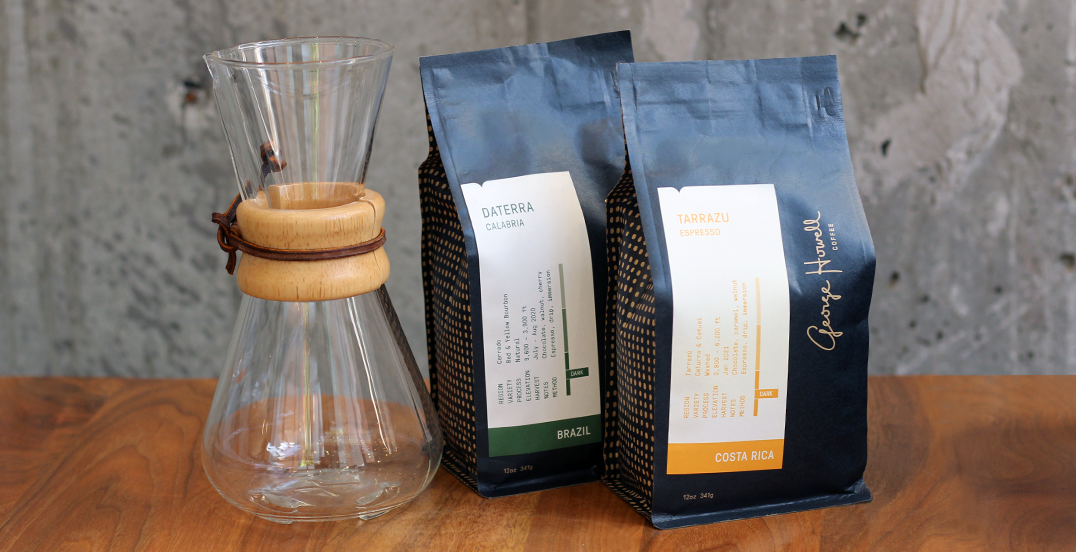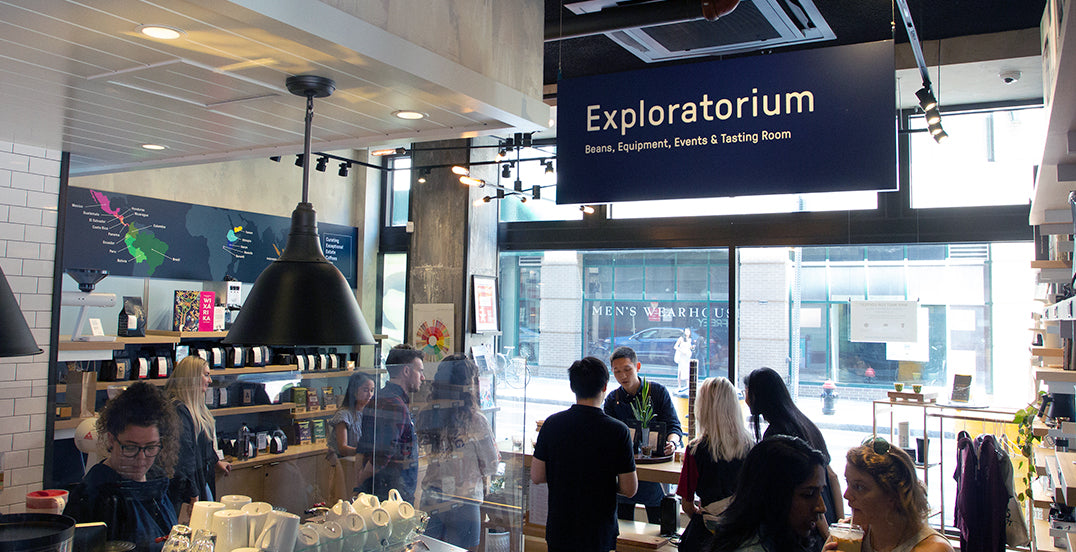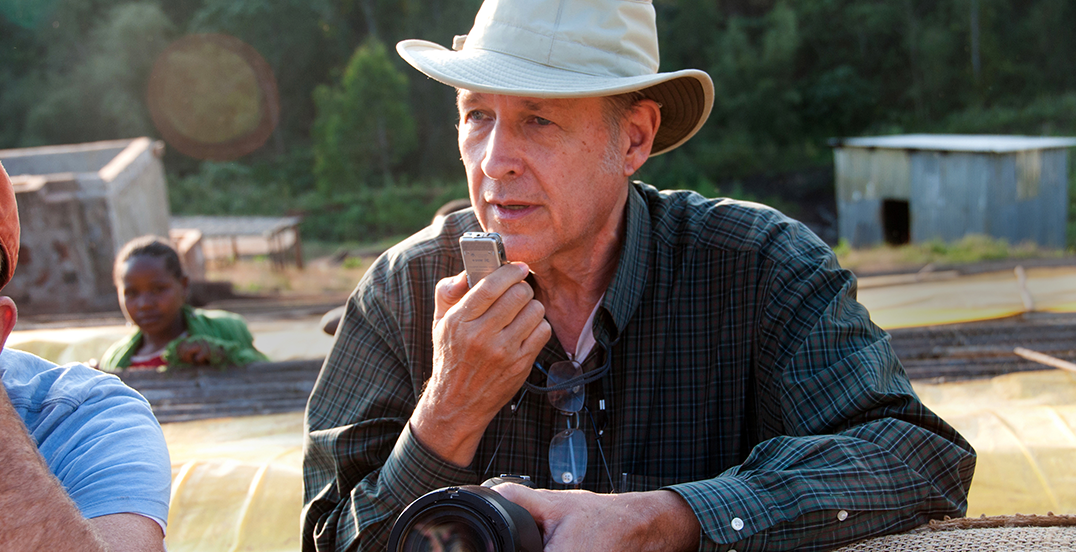Greetings from George Howell!
I finally have time to write for our newsletter, something I used to do but found ever more difficult as the complexity of running George Howell Coffee grew. Life has simplified for the time being and this has enabled me to change some of my priorities. I am refocusing on writing about the world I represent. It is one of the few but critical silver linings for me during these difficult days. I will use the newsletter to comment on the coffees we offer, on events shaping farmers lives and on many other themes involving coffee. I am also giving brief answers to questions you might have every Tuesday on Instagram which will subsequently be posted in our blog. To ask me a question, simply send a direct message to our Instagram account @ghowellcoffee and we will do our best to answer all of them!
Also a big thank you to our customers for their continued support especially during this crazy time. You are keeping us positively energized and we are deeply grateful. We hope you and your loved ones are healthy and safe!
Onward!
Update on New Crop Coffee Arrivals This Harvest Season
The Northern Hemisphere coffee harvest season is ending. It began around November 2019 at lower altitudes, peaked in January-February, and has been tapering off in March with some extremely high-altitude coffees still coming in. Here is a quick rundown by region:
Central America: The harvests were exceptionally good; the weather was kind during the nine months since flowering. Farmers just made it through the bulk of the harvest before the coronavirus began to strike with full force. Shipping seems good with few glitches so far. Fingers crossed!
We are already expecting to see our El Salvador Matalapa arrive next week. Our other Central American coffees will be shipping in about two weeks. We have just finished cupping many samples and are very happy with the quality of the lots we have chosen from Matalapa, Montecarlos, Pulcal, La Soledad and La Bendición.
La Minita from Costa Rica is also about to arrive. It is a pioneering, quality coffee I have carried since the days of The Coffee Connection. In another month, our regional Costa Rica Tarrazu will come in, offering a high value, high-grown classic regional coffee.
The Panama Geshas typically arrive later and are equally promising. We have already cupped the La Deborah micro-lots and are thrilled. Expect this new crop to appear around July. In the meantime, we continue to offer last year’s La Deborah as one of our limited roasts. It is in pristine condition thanks to our frozen storage of green coffee—more expensive, but we believe in putting our dollars where our mouth is–quality comes first! The renowned La Esmeralda Gesha should come around the same time. We are looking forward to cupping it.
East Africa: The harvest is always a little earlier in Ethiopia and Kenya than in Central America.
We have bought a large lot from the Guduba wet mill in the Guji area of South Western Ethiopia, arriving this month. We were thrilled with it last year, and the new crop is, if anything, still better. This Guji stands out as a medium-bodied, highly floral, Muscat-scented coffee.
Kenya, on the other hand, suffered much heavier rains caused by the Indian Ocean Dipole during its entire harvest. This greatly affected production of many farms, making picking coffee difficult and less productive, as coffee cherries ripened very quickly. The problem was compounded by the difficulty of evenly drying the beans after processing, often resulting in lower quality.
I traveled to Kenya in November 2019 as this difficult harvest was getting underway and visited the Karatu Cooperative wet mill on my way to Mamuto. We have been buying their coffee for several years and been impressed by their consistent quality. Upon arriving, I was struck by seeing a structure common in Colombia (which has intermittent rains throughout their harvests) but for the first time in Kenya; it was a thick, translucent plastic-covered tunnel structure allowing air to circulate, entering from one side and exiting the other. This keeps the coffee safe from rainfall, diminishes humidity within, and promotes even drying. Their coffee was the best we cupped from Kenya this year. Our purchase should arrive next month.
We are currently offering a limited roast of a glorious 2018 Karatu lot.
Mamuto was devastated by the rains, suffering a 75% drop in production. It should arrive in early May. We will cup it upon arrival, as we do with all our coffees and give a report then. No farm or cooperative in our experience has produced the kind of outstanding quality year after year as has Mamuto. They are a true “Grand Cru” coffee.
← Older post Newer post →






